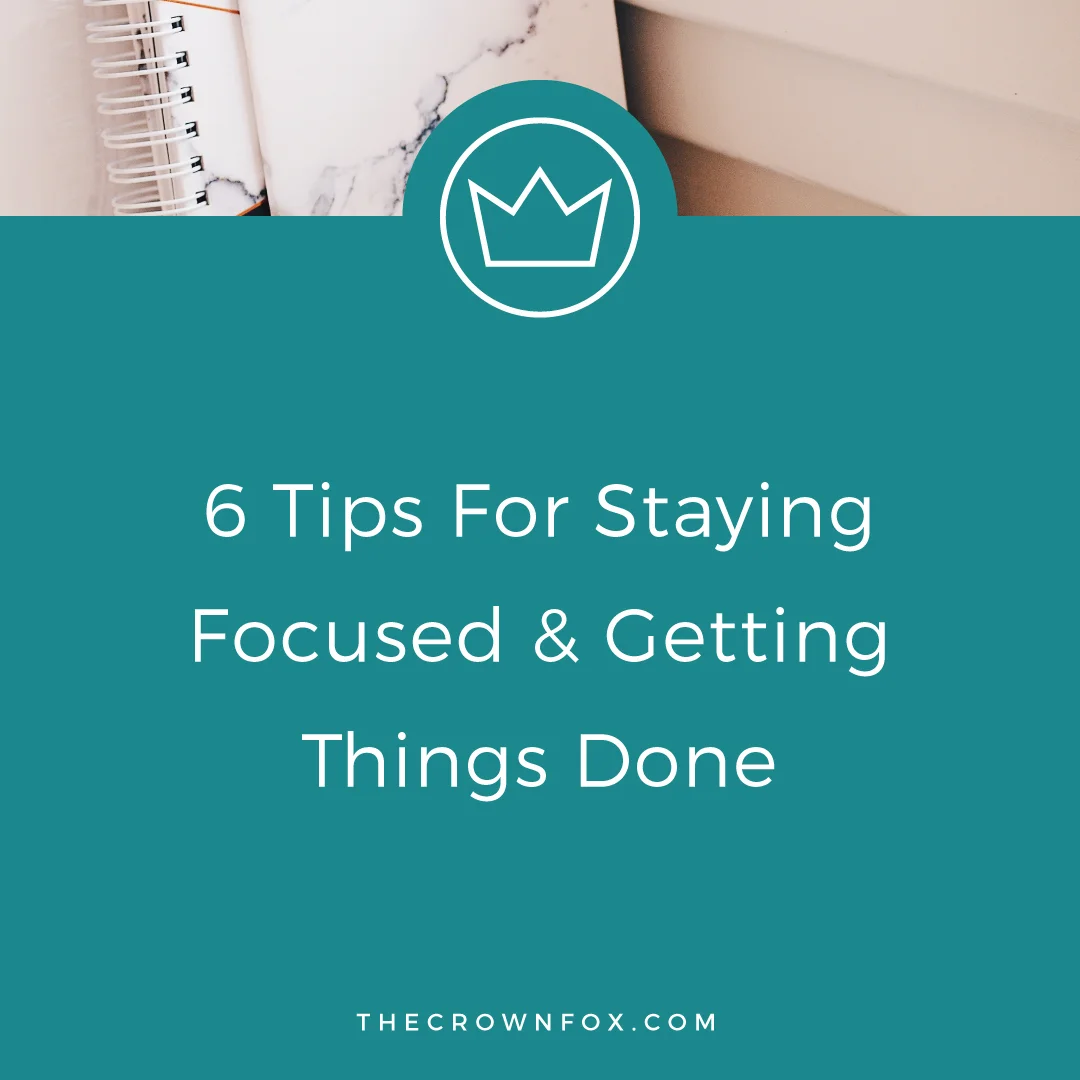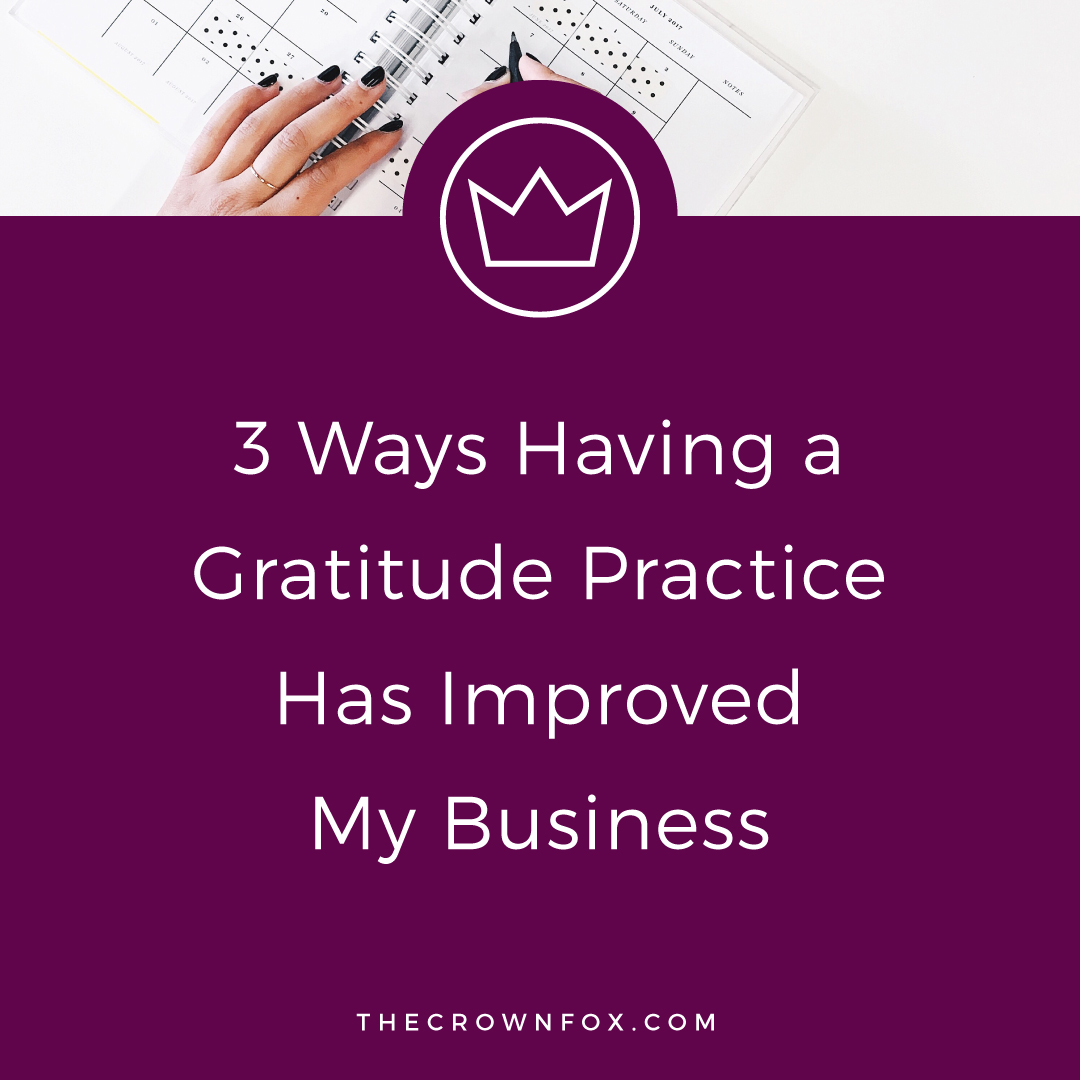Start-ups, small businesses, and online businesses all face this question at some point: when do I need to start branding my business? They might even wonder, what is branding, how can branding boost my business, and isn’t it all about the logo (hint: no, it’s not). In different Facebook groups and forums I see questions that often pop up around “not having time” for branding or “not needing it yet” and, to be honest, this makes me a cringe a bit.
You need to start branding your business immediately. [Tweet That!]
Here’s the thing, the process of working with a branding designer and strategist will do a lot more for your business than just get you a logo or a website. It will help you figure out the foundation of your business, uncover your target audience, and set realistic but valuable goals for success.
Now, I don’t want you to feel bad or like you’ve missed out on the branding gravy train, because you can always revisit branding and make sure it’s working the best for you and your business. Here are the two most important times to focus on branding your business:
STARTING A NEW BUSINESS
The best time is in the beginning, for what might be obvious reasons. Start off strong, right? New businesses can knock it out of the park if they come in with a strong visual brand, as well as the foundation to back it up. What I mean by foundation is that they’ve figured out who they are working with, why they want to work with them, and how they can be serve them. These are issues that not only build a strong base for your branding, but ultimately for your entire business.
Ready to learn more about building a strong base? Grab the eBook now!
In the past when I worked with a client who wanted to focus on strategy for growing their new business we worked through those questions. Within answering them, something magical happens and paths start to open up for questions like: what do I blog or talk on social media about? What solutions can I offer within my service packages? How can I position my business and myself?
Knowing these things from the start is hugely beneficial, because most business owners just start working and trying to figure out these questions a few months in – causing strain on their business, their mental capacity to “do it all”, and generally creates a non-cohesive look to their audience (because they’re flip flopping all over the place trying to make sense of their business).
From a visual standpoint, creating a strong branding identity during business launch forces people to take notice of you, trust your authority, and immediately want to know more about your business. Having something that looks good and appealing to your target audience off the bat will only help you to gain those first few clients and launch successfully.
CHANGING/ADJUSTING TARGET AUDIENCES
If you’re already a functional business, but have started to make some shifts and narrowing down of your target audience or your offerings then it may be another great time to re-check in with your branding.
You may have done everything “right” in the beginning, but through general business evolution have started to realize where your happy place is and who your happy people are – and therefore are making some adjustments.
A few months into TheCrownFox I had this moment. I didn’t have a “total rebrand”, I had a “branding tune up”, where I just made things a little more clean-cut, more professional, and a lot more visually appealing to the clientele I had realized were the ones I wanted to work with. The want to do this is normal - just make sure you aren’t thinking “rebrand!” as a way to avoid doing other work, and that it is actually coinciding with changes in your business.
If you are going through a major business overhaul (i.e. changing business names or completely changing your offering – like going from being a designer to being a health and wellness coach) then head back up to example number one, because chances are you are just creating a whole new business.
Something that is a common thought is that branding is expensive and therefore needs to be put off until a later date. I get that investing upfront is terrifying for a lot of people and have been developing a solution for you.
First and foremost, a disclaimer: I will always think that investing in branding and strategy mentorship is the best way to go. I am a strong believer in the idea of outsourcing things that are not your specialty, so that you can focus on the parts of your business you love.
But, if that’s something that you can’t do right now – for whatever reason – I still want you to have a strong visual presence and the ability to develop and grow your business.
As far as the visual presence goes, I am SO excited to be launching The Shop in a few weeks. The Shop is going to be a template shop, where you can get quick and affordable solutions for your business. So far I’ve created completely affordable logo packages that will set you up with a primary and secondary logo and three variations, blog/social media graphic templates for Photoshop, and business card templates. The launch is happening at the end of this month and I am so ecstatic to offer solutions for everyone at TheCrownFox (as my brand vision is to be an invaluable branding resource and there’s no dollar sign minimum on that)!












Hi! I’m Kaitlyn!
I believe that you can create a life and business you love by listening to your own inner guidance system. I think there's plenty of strategies + hacks to learn and a ton of “how to” content you can consume but ultimately you are your best guide, the best guru, the best compass, and the best source of inspiration! I’m here to help you learn to trust that voice inside, step into your incredible power, and create YOUR dream business + life.
Let’s work together!